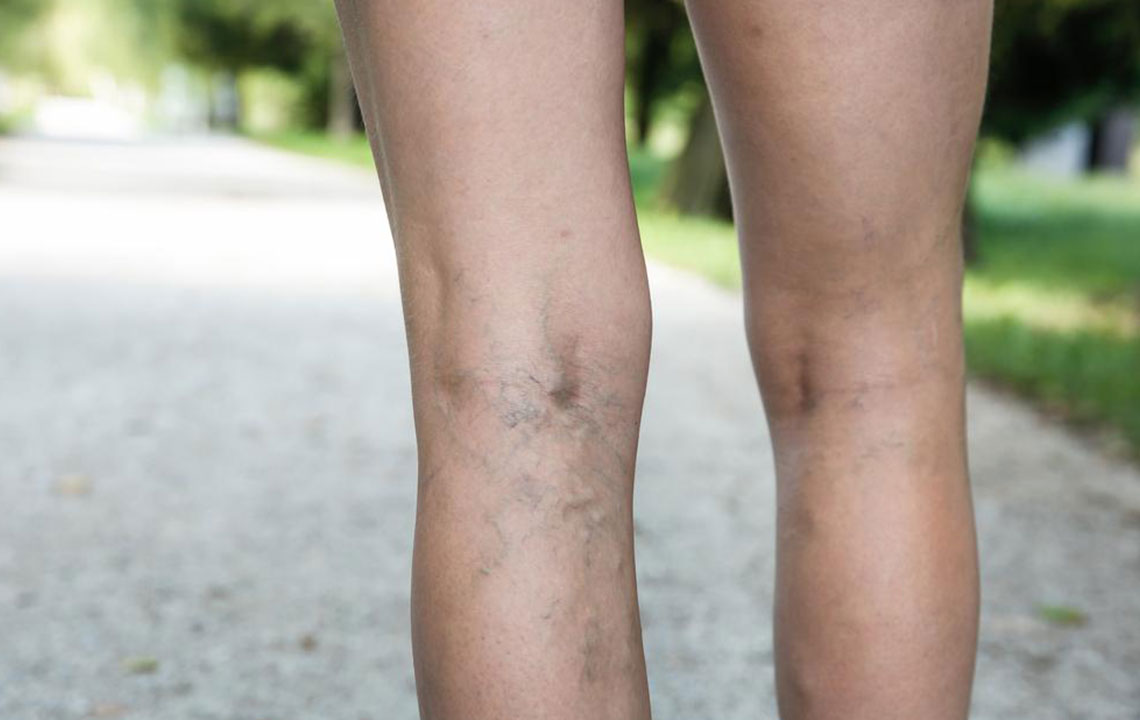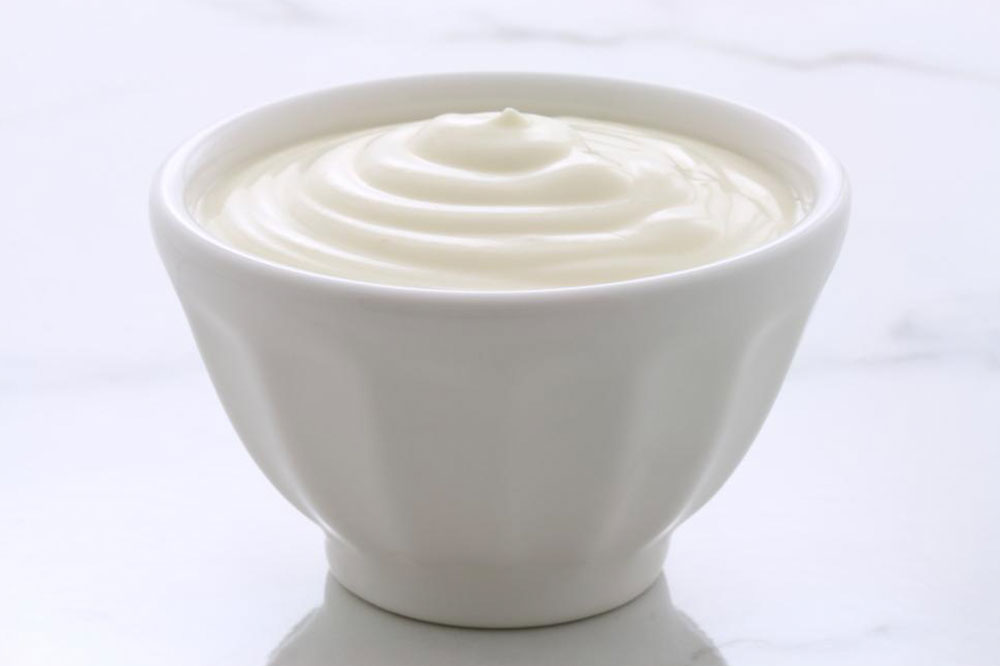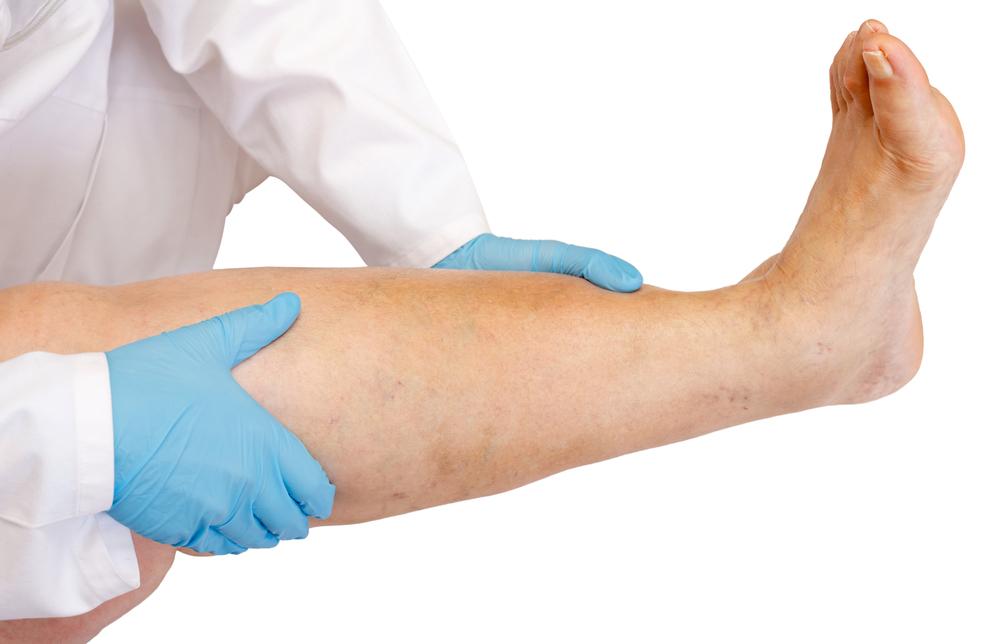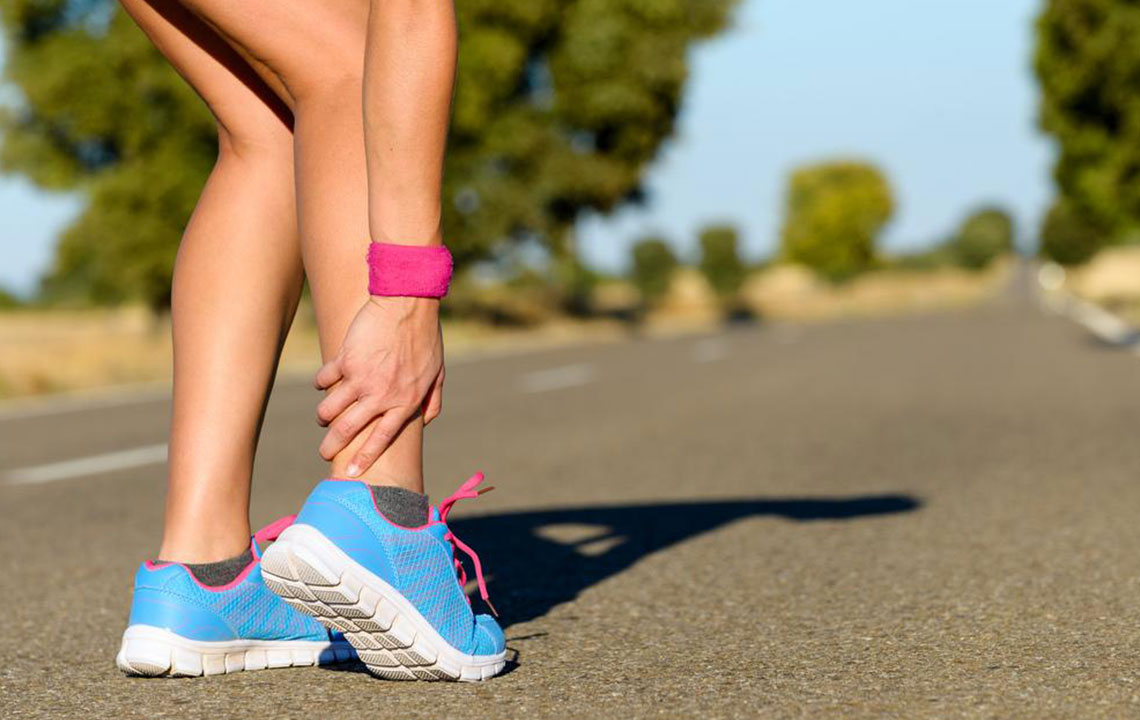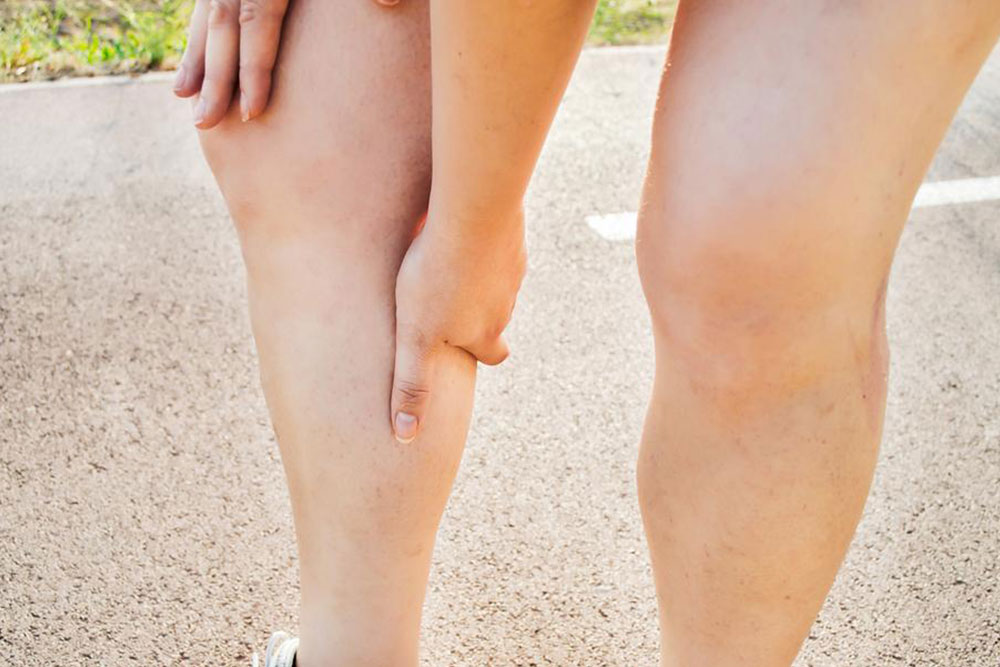Effective Strategies and Natural Remedies for Managing Venous Thrombosis
Discover effective prevention tips, home remedies, and lifestyle changes to manage venous thrombosis. Learn about natural herbs like ginger, turmeric, and omega-3s that support blood health. Embrace simple measures like leg elevation and compression stockings to alleviate symptoms and reduce risks. Always consult healthcare providers for proper treatment and monitoring.
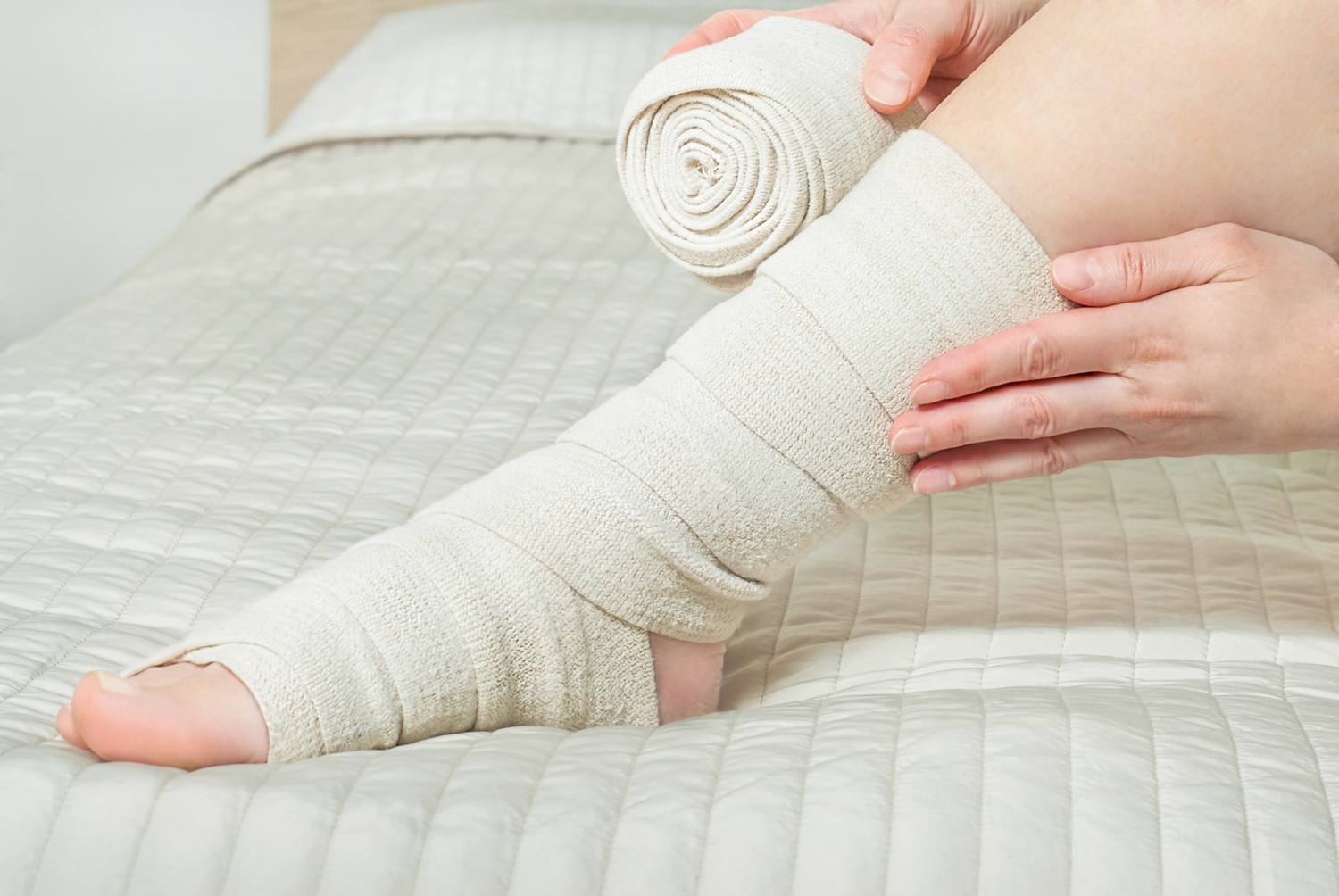
Effective Strategies and Natural Remedies for Managing Venous Thrombosis
Preventive measures and at-home remedies to manage venous thrombosis Deep vein thrombosis (DVT) involves blood clots forming in veins, often in the calves or thighs. Treatment primarily aims to prevent complications like pulmonary embolism, where a clot breaks free and blocks arteries in the lungs or heart.
What are the treatments for venous thrombosis?
Anticoagulant medications, commonly called blood thinners, are prescribed to dissolve existing clots and prevent their growth. These treatments are effective whether administered at home or in a hospital.
Managing dosage carefully is essential when taking anticoagulants at home. The prescribed courses last from three to six months, sometimes longer, and must be followed precisely to ensure effectiveness.
Overmedicating can cause excessive blood thinning, leading to bleeding issues. To minimize risks, avoid falls, injuries, wear protective gear, and use assistive devices like walkers or canes.
Always inform healthcare providers about all medications being taken to prevent interactions. Regular blood tests, such as partial thromboplastin time tests, help monitor the correct dosage and adjust treatment accordingly.
Avoid altering or stopping medication without medical advice, and adhere strictly to prescribed schedules. Notify dentists or other doctors about anticoagulant use before procedures.
Tips for managing venous thrombosis at home
Elevate the affected leg above hip level to improve blood flow.
Engage in light activities like walking three to five times daily to boost circulation.
Use graduated compression stockings to apply gentle pressure, reducing clot formation risk.
Lifestyle modifications to support venous thrombosis treatment
Adopt dietary changes to lower blood pressure and cholesterol, such as reducing salt and sugar intake.
Quit smoking and aim for weight loss if overweight.
Avoid prolonged sitting; take frequent breaks, walk regularly, and flex your feet to keep blood flowing in the calves.
Incorporate regular exercise such as walking or swimming into your routine.
Stay well-hydrated to ensure optimal blood viscosity.
Consistently wear compression stockings for leg support.
Herbal options for supporting venous health
Ginger: Contains acetylsalicylic acid, which helps prevent blood clots and manage pain. Add fresh ginger to meals or enjoy ginger tea.
Cayenne pepper: Enhances blood circulation and lowers blood pressure. Use in cooking or as a supplement.
Omega-3 fatty acids: Found in fish and fish oil, these reduce inflammation, lower cholesterol, and promote healthy blood flow.
Turmeric: Improves vessel lining, helps regulate blood pressure, and supports blood clotting. Mix with food or combine with milk and honey.


